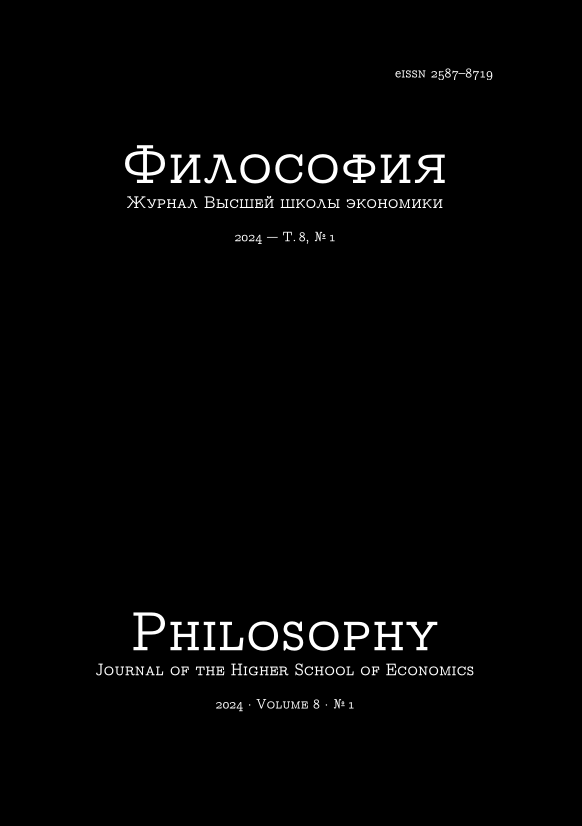Logic as Formal Philosophy and an Art of Conceptual Design
Abstract
The paper shows the relevance of the interpretation of logic as formal philosophy and an art of conceptual design for university education. Due to its pluralism, modern logic has lost the functions of neutral arbiter and indoctrination mentor, but at the same time, logical pluralism has revealed the uniqueness of its role in conceptual engineering. The art of conceptual design, i.e. the engineering of conceptual patterns for the formal explication of philosophical concepts and techniques, as well as the formulation of new philosophical problems, is the main goal of logic as formal philosophy. Neither logic nor metalogic, loaded with their own epistemic commitments and ontological assumptions, can be objective judges for logical aliens who do not obey their prescriptions. However, the conceptual design techniques developed by non-classical logics serve not only as effective tools of philosophical explication, but also as training in scientific objectivity, which requires logical discipline as a responsible and reflective fulfillment of epistemic obligations assumed in any scientific research. The methodological key to academic courses of logic as formal philosophy is the correlation of conceptual design procedures in logic and philosophy. The paper provides examples of such correlation and draws attention to artifacts of formal engineering in philosophy, which can serve as heuristics for the development of new tools for the formal explication of philosophical intuitions.
Downloads
Copyright (c) 2024 Philosophy Journal of the Higher School of Economics

This work is licensed under a Creative Commons Attribution-NonCommercial 4.0 International License.






